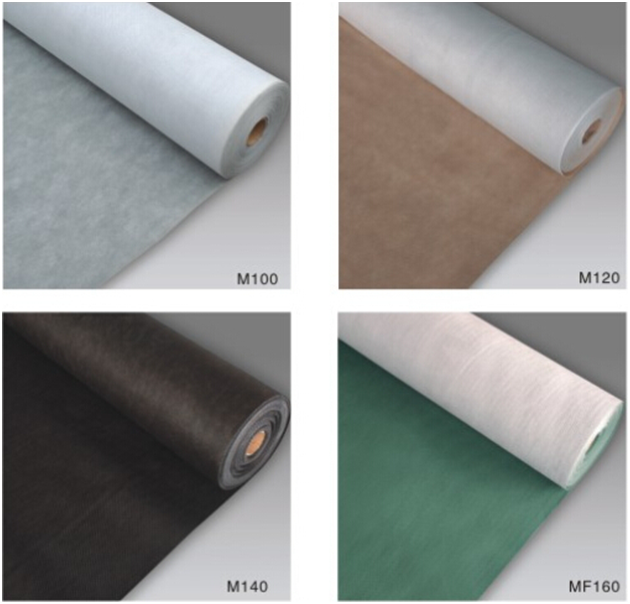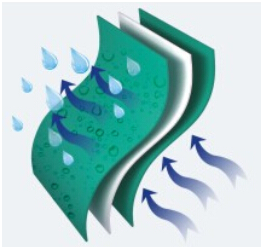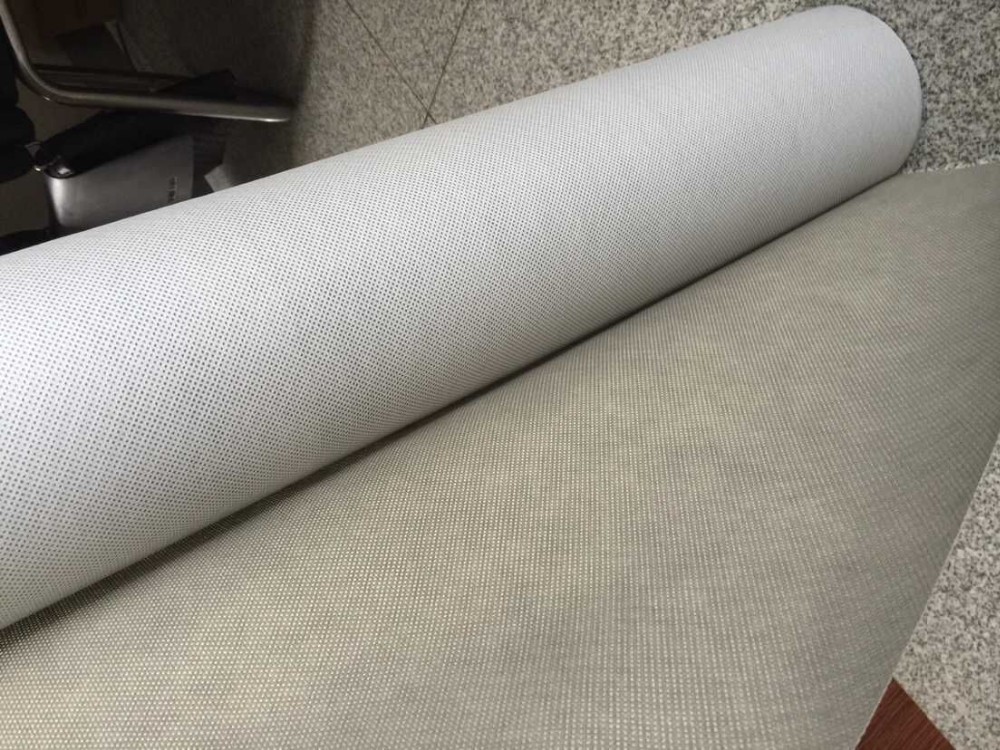waterproof breather membrane waterproof building paper breather roof underlayment
1, Description:
waterproof membrane underlayment have excellent performance at water resistance, vapor permeability and UV resistant, which is mainly used in construction as roof underlay and house wrap.

roofing underlayment membrane are 3 layers thermal lamination:
PP non-woven fabric on top and bottom layer for protection and reinforcement;
Micro-porous PE film in the middle layer as breathable membrane.

2, Advantages:
1)Excellent performance at water resistance
2)Particular function of water vapor permeability
3)Good performance at UV resistant for 3 months
4)They are much lighter than bitumen felts, suitable for construction in different condition
5)They have excellent tensile and tearing strength, with good low temperature flexibility,
6)100% recyclable
7)Simple installation in new building, re-roofing and refurbishment situations

Technical data
BREARWRF M90
Surface mass density | 90 g/m² | |
Roll size | 1.5m*50m or customized |  |
Vapor permeability | ≥2250 g/m²/24h |
Sd value | 0.02 m (-0.005/+0.015) |
Water tightness | class W1 |
Tensile strength MD/CD | 115/75N/50 mm (+/-20%) |
Tearing strength MD/CD | 60/70 N (+/-20%) |
Resistance to UV rays | 3 months |
Reaction to fire | Class F |
Loading quantity | 20’GP | 40’GP | 40’HC |
By bulk (1.5*50) | 910rolls | 2000rolls | 2250rolls |
With pallets (1.5*50m) | 730rolls | 1566rolls | 1770rolls |
Jumbo rolls (1.5*3500m) | 14rolls | 30rolls | |
3, Application
1)Mainly used as roof underlay and house wrap protection for insulating walls.
2)Prevent rain and snow meanwhile allow water vapor to pass to the exterior. so the moisture from leakage and condensation can escape, to avoid mold and rot of fiberglass or cellulose insulation, to keep its R-value.
3)Used as windproof layer (Air barrier), reducing air leakage through the building envelope, ensuring insulation materials maintain their optimum thermal efficiency by minimizing air infiltration
4)Used as a temporary waterproofing barrier during the construction process.
Mainly used as underlay for pitched roof and enclosure protection for insulation layers of walls.
A. Roofing applicaion
B. Wall application